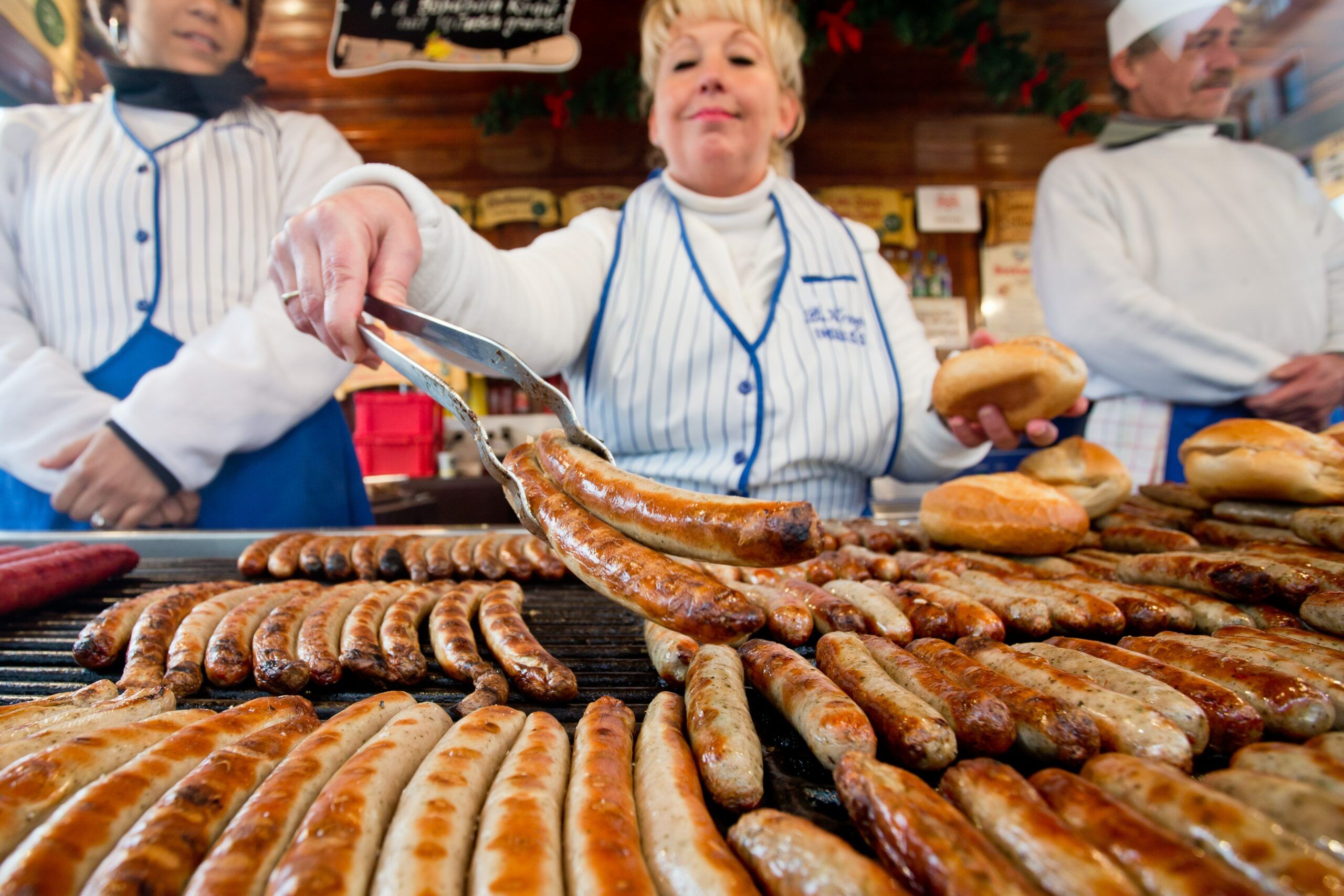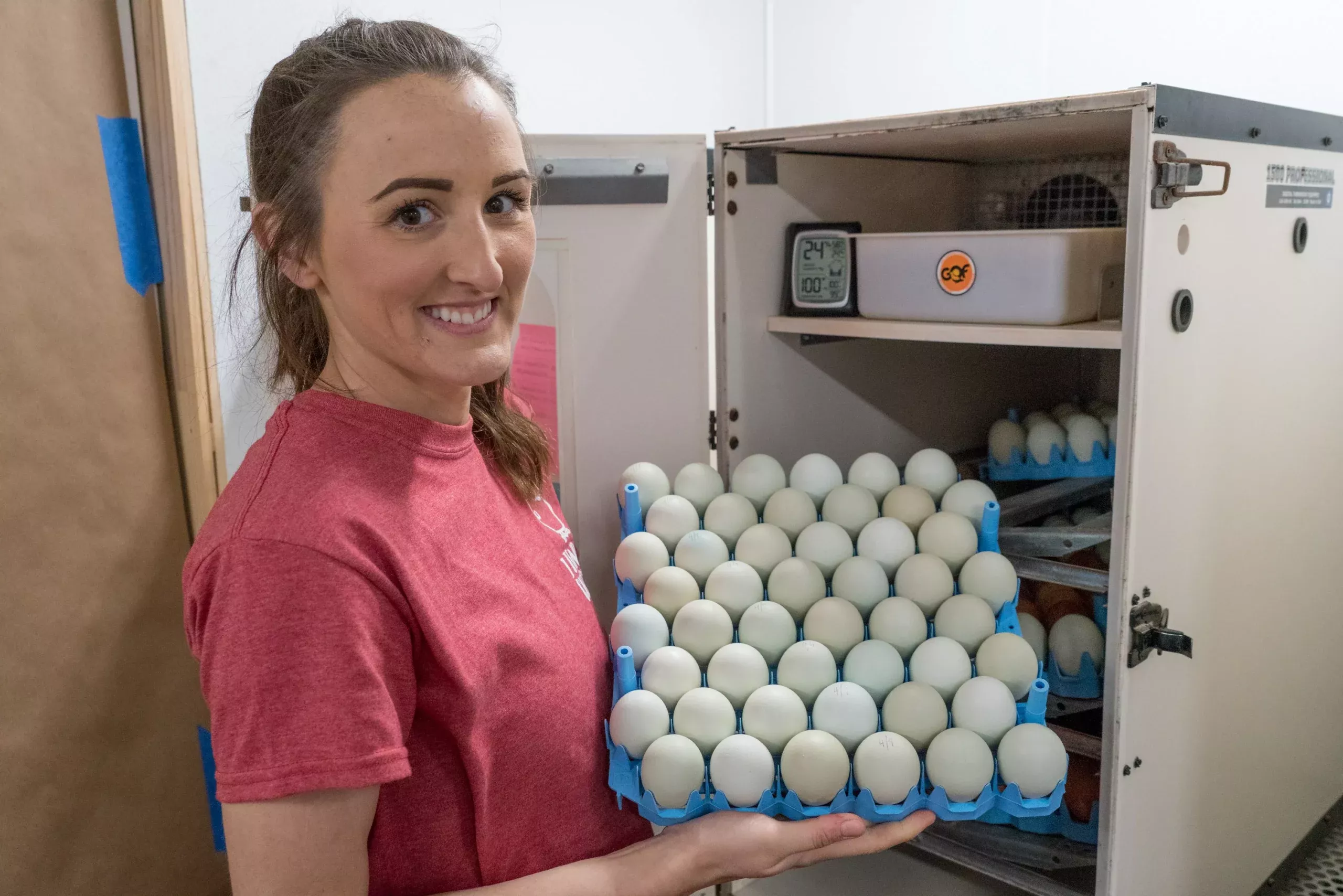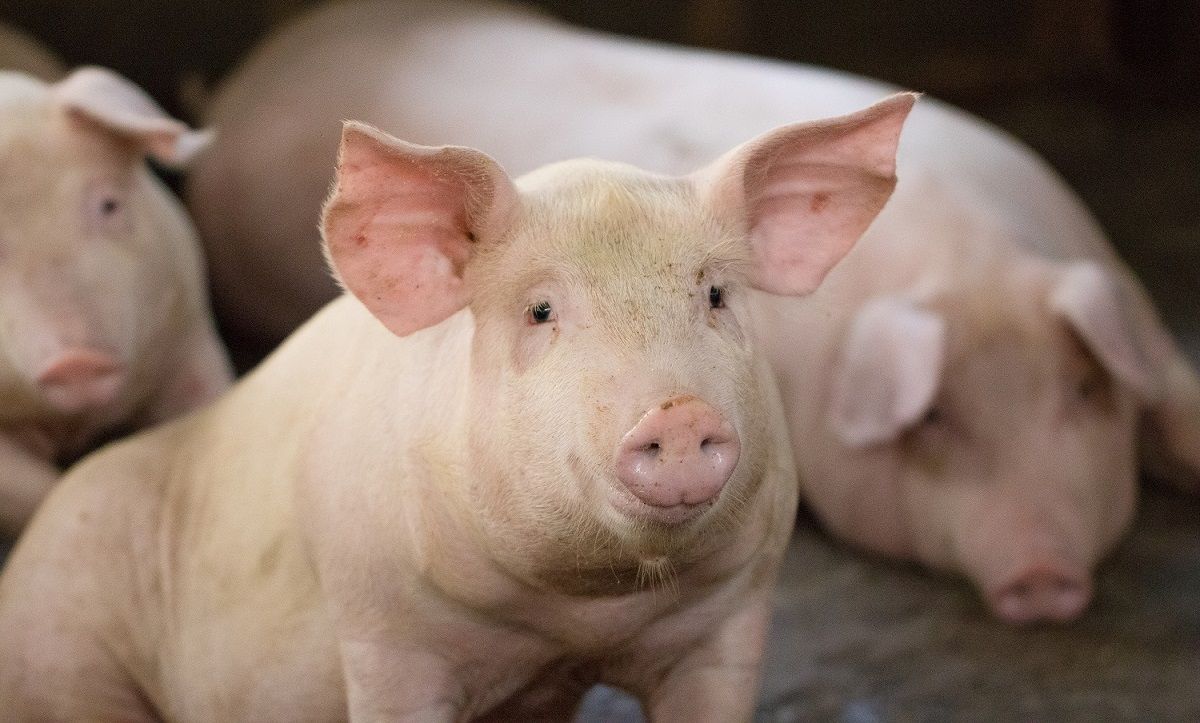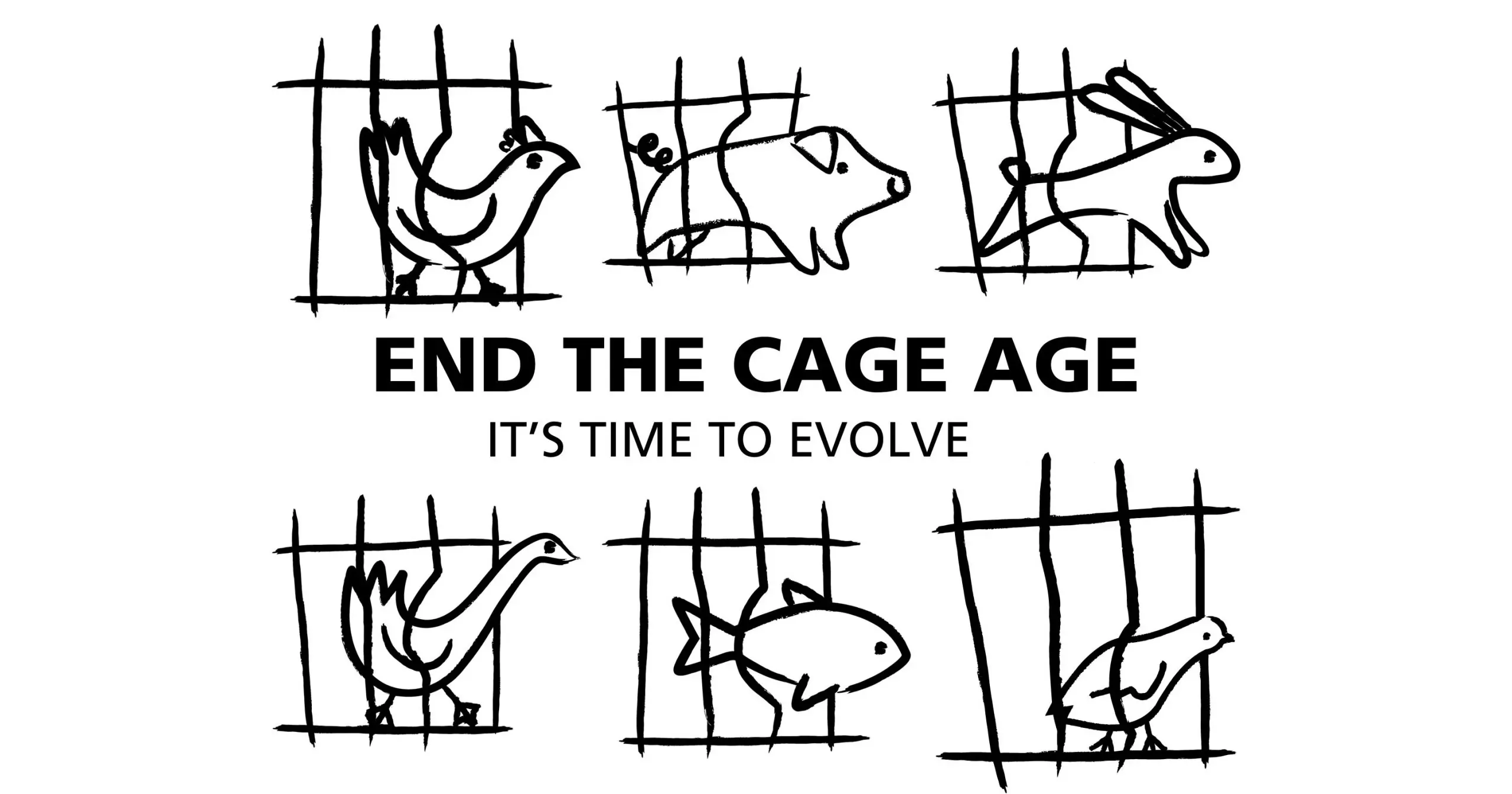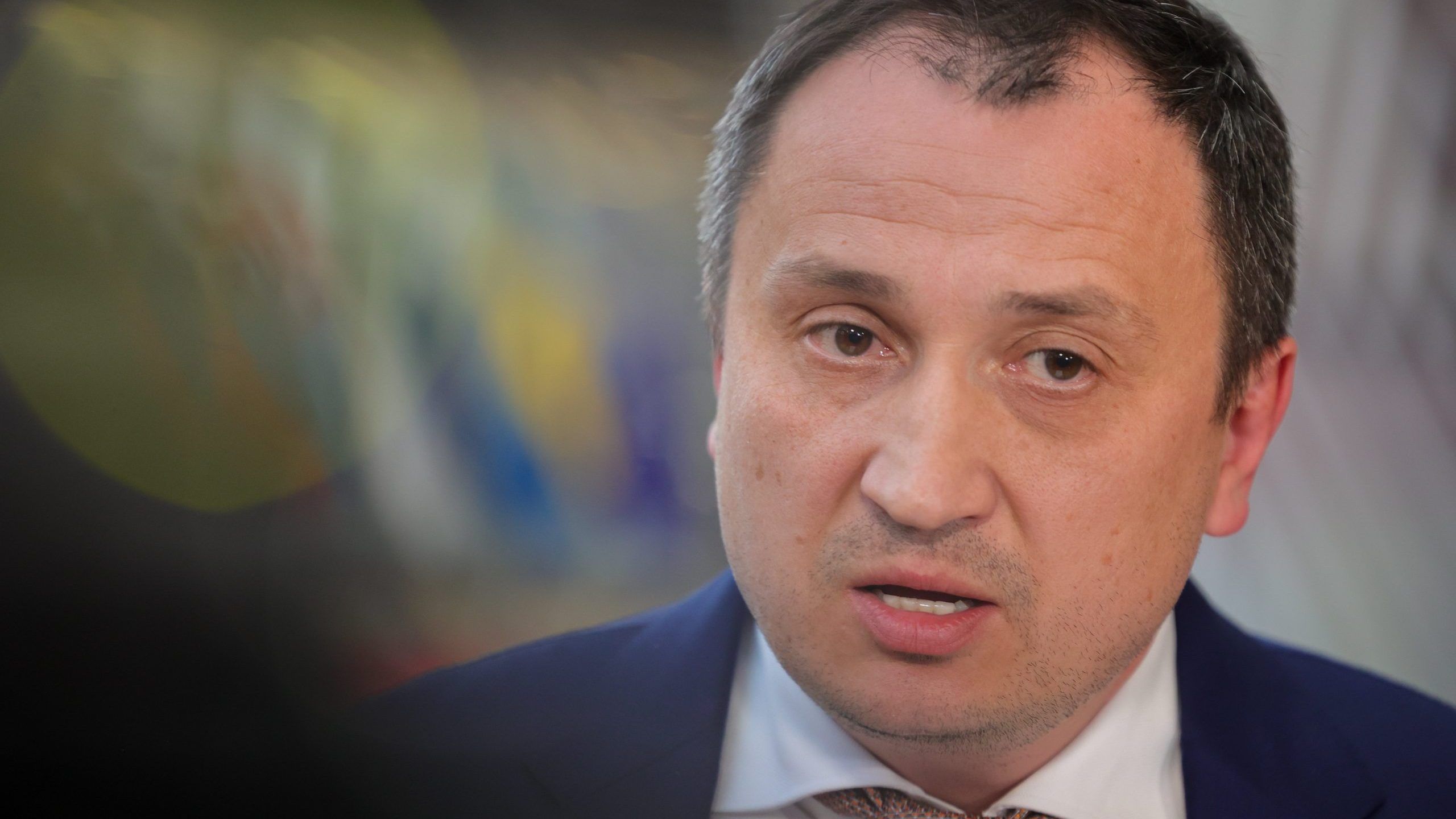The porcine reproductive and respiratory syndrome virus (PRRSV) is one of the most dangerous pathogens for the swine sector. In addition to affecting the reproductive system in breeding sows and the respiratory tract in young animals, it is usually associated with other secondary diseases, which is why it has become the health problem that generates the most economic losses in the swine industry worldwide.
In their research on PRRSV, researchers from the University of Córdoba (UCO) in Spain investigated the role of so-called ‘transcription factors’, which are molecules responsible for the differentiation of cells of the immune system, and concludes that three of these molecules are expressed with greater intensity in the most virulent strains of the pathogen.
The UCO research team led by Librado Carrasco has managed to identify the role of three key molecules in the immune defense against this pathogen in three target organs of the pig: the lung, thymus and tracheobronchial lymph node. Precisely, three fundamental organs in triggering the immune response and in which the virus replicates the most once it comes into contact with the body.
To do this, the research work has analyzed these organs from 70 pigs in three different groups, one of them not infected by this pathogen, which functions as a control group, and two other groups infected with two strains of different virulence of the virus. Specifically, the study has focused on what is known as ‘transcription factors.’ Again, these molecules regulate the differentiation of cells involved in the immune system. In this sense, as highlighted by researcher Inés Ruedas-Torres, one of the main authors of the study, the results indicate that three of these molecules (called T-BET, FOXP3 and EOMES) are expressed with greater intensity and earlier in the strain analyzed with the highest virulence.
“Immune defense is not based on a single response but on a sum of several elements,” said Irene Rodríguez-Gómez, another of the researchers who participated in the work. Along these lines, as reflected in the study, each of these three proteins that research has revealed as fundamental in the immune response plays a different role in the body’s defense. While the first of the three molecules analyzed (T-BET) is related to the activation of macrophages that phagocytize the virus, the second (FOXP3) prevents, among other functions, the inflammatory response of the infected organism from being too intense. For its part, the third molecule (EOMES) is responsible for the activation of lymphocytes responsible for inducing the death of cells infected by the virus.
Currently, there are several types of commercial vaccines against PRRSV, but none of them, the researcher emphasizes, prevents secondary infections or offers complete protection due to the high mutation of the virus. The long-term objective, therefore, is to develop new vaccine candidates that offer total immunity against the different strains of the pathogen.
